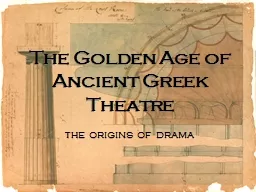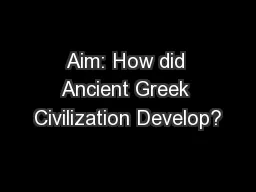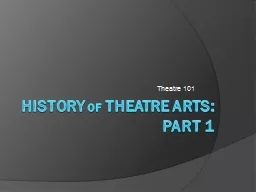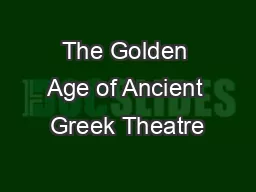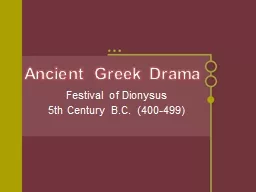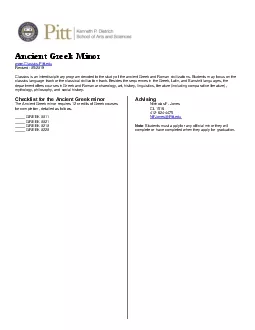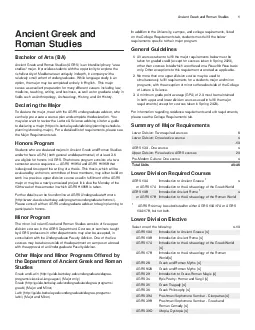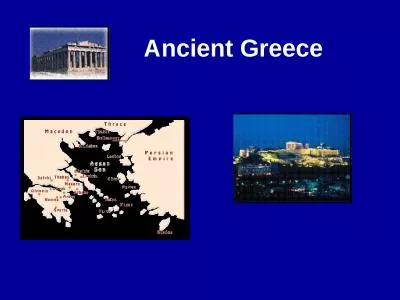PPT-The Golden Age of Ancient Greek Theatre
Author : briana-ranney | Published Date : 2017-11-28
the origins of drama The Origins Of Drama Created to celebrate Dionysus the ancient Greek god of the grape harvest winemaking and wine and ritual madness and ecstasy
Presentation Embed Code
Download Presentation
Download Presentation The PPT/PDF document "The Golden Age of Ancient Greek Theatre" is the property of its rightful owner. Permission is granted to download and print the materials on this website for personal, non-commercial use only, and to display it on your personal computer provided you do not modify the materials and that you retain all copyright notices contained in the materials. By downloading content from our website, you accept the terms of this agreement.
The Golden Age of Ancient Greek Theatre: Transcript
Download Rules Of Document
"The Golden Age of Ancient Greek Theatre"The content belongs to its owner. You may download and print it for personal use, without modification, and keep all copyright notices. By downloading, you agree to these terms.
Related Documents

